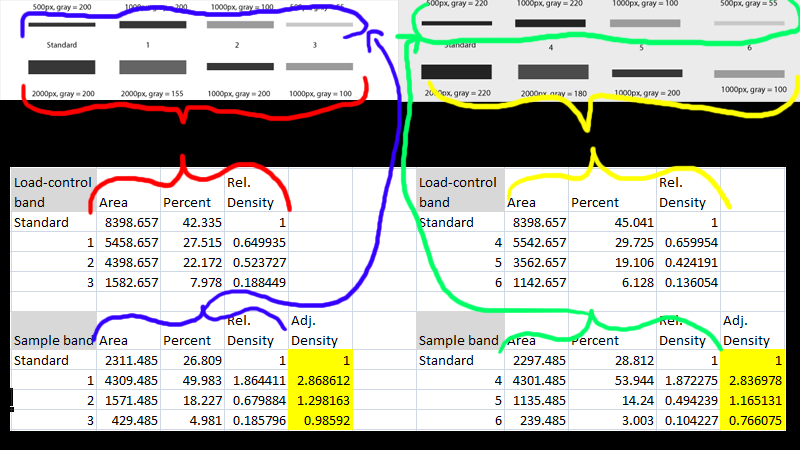


įunding: We acknowledge support from NIH grants R01CA185251 (KWE), RC2 GM092519 (KWE), P41GM13501 (KWE), the Semiconductor Research Corporation (KWE), U.S. The GitHub repository for the library and example notebooks is available at. The specific FLIM dataset can be accessed directly at. This is an open access article distributed under the terms of the Creative Commons Attribution License, which permits unrestricted use, distribution, and reproduction in any medium, provided the original author and source are credited.ĭata Availability: All relevant data used in this manuscript are provided in the SCIFIO sample datasets repository accessible at. Received: AugAccepted: DecemPublished: December 30, 2020Ĭopyright: © 2020 Gao et al. Maitland, Texas A&M University, UNITED STATES

(2020) FLIMJ: An open-source ImageJ toolkit for fluorescence lifetime image data analysis. We also validate the fitting routines by comparing them against industry FLIM analysis standards.Ĭitation: Gao D, Barber PR, Chacko JV, Kader Sagar MA, Rueden CT, Grislis AR, et al. We show the extensibility of FLIMJ in two analysis scenarios: lifetime-based image segmentation and image colocalization. Building on ImageJ Ops also enables FLIMJ’s routines to be used with Jupyter notebooks and integrate naturally with science-friendly programming in, e.g., Python and Groovy. Built on the FLIMLib decay curve fitting library and the ImageJ Ops framework, FLIMJ offers FLIM fitting routines with seamless integration with many other ImageJ components, and the ability to be extended to create complex FLIM analysis workflows. To address this need, we have created FLIMJ, an ImageJ plugin and toolkit that allows for easy use and development of extensible image analysis workflows with FLIM data. The increased use of FLIM has necessitated the development of computational tools for integrating FLIM analysis with image and data processing. This ability to provide information about the microenvironment has made FLIM a powerful tool for cellular imaging studies ranging from metabolic measurement to measuring distances between proteins. FLIM allows for the measurement of how long a fluorophore stays in an excited energy state, and this measurement is affected by changes in its chemical microenvironment, such as proximity to other fluorophores, pH, and hydrophobic regions. One imaging technique with proven ability for yielding additional information from fluorescence imaging is Fluorescence Lifetime Imaging Microscopy (FLIM). In the field of fluorescence microscopy, there is continued demand for dynamic technologies that can exploit the complete information from every pixel of an image.


 0 kommentar(er)
0 kommentar(er)
